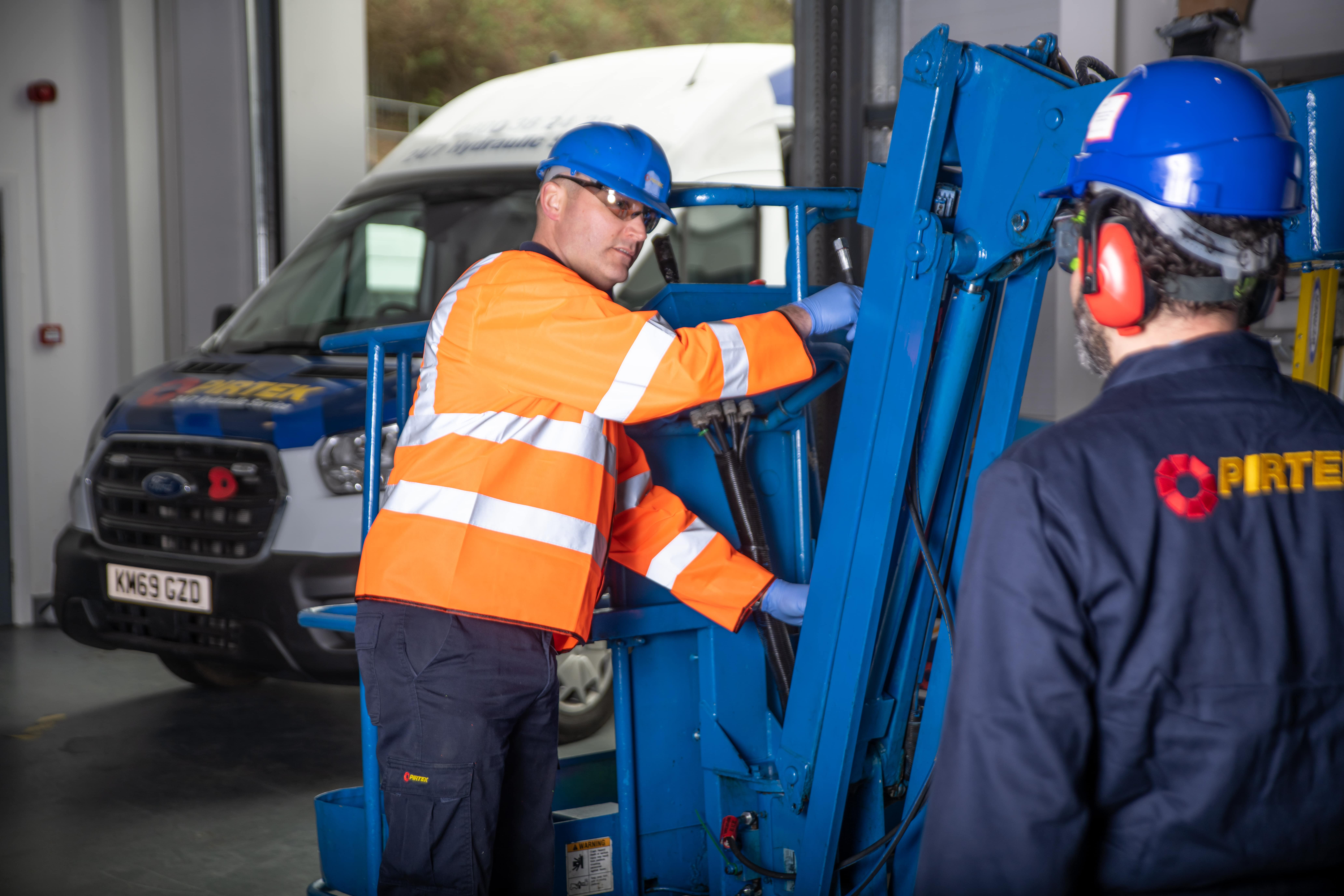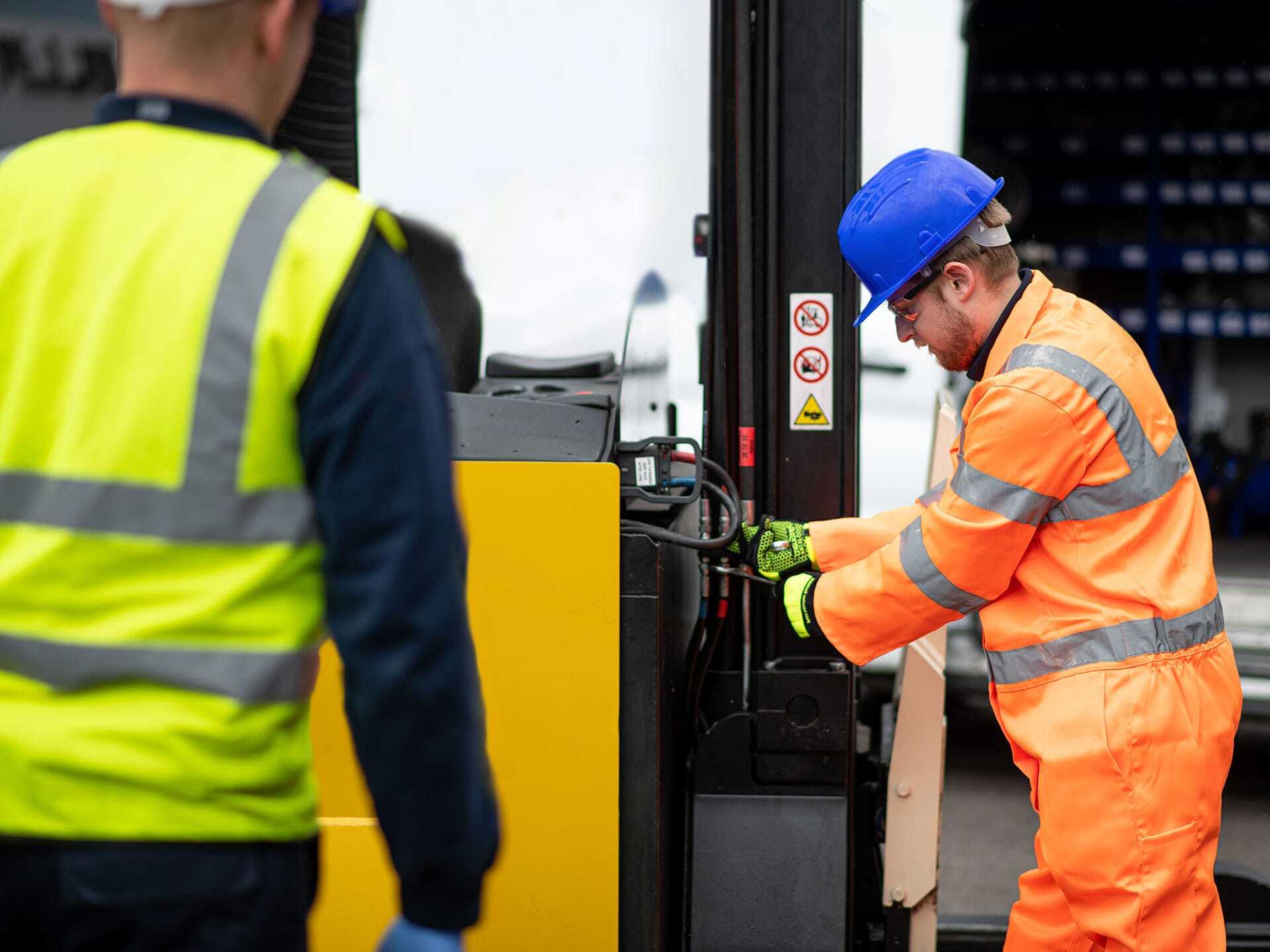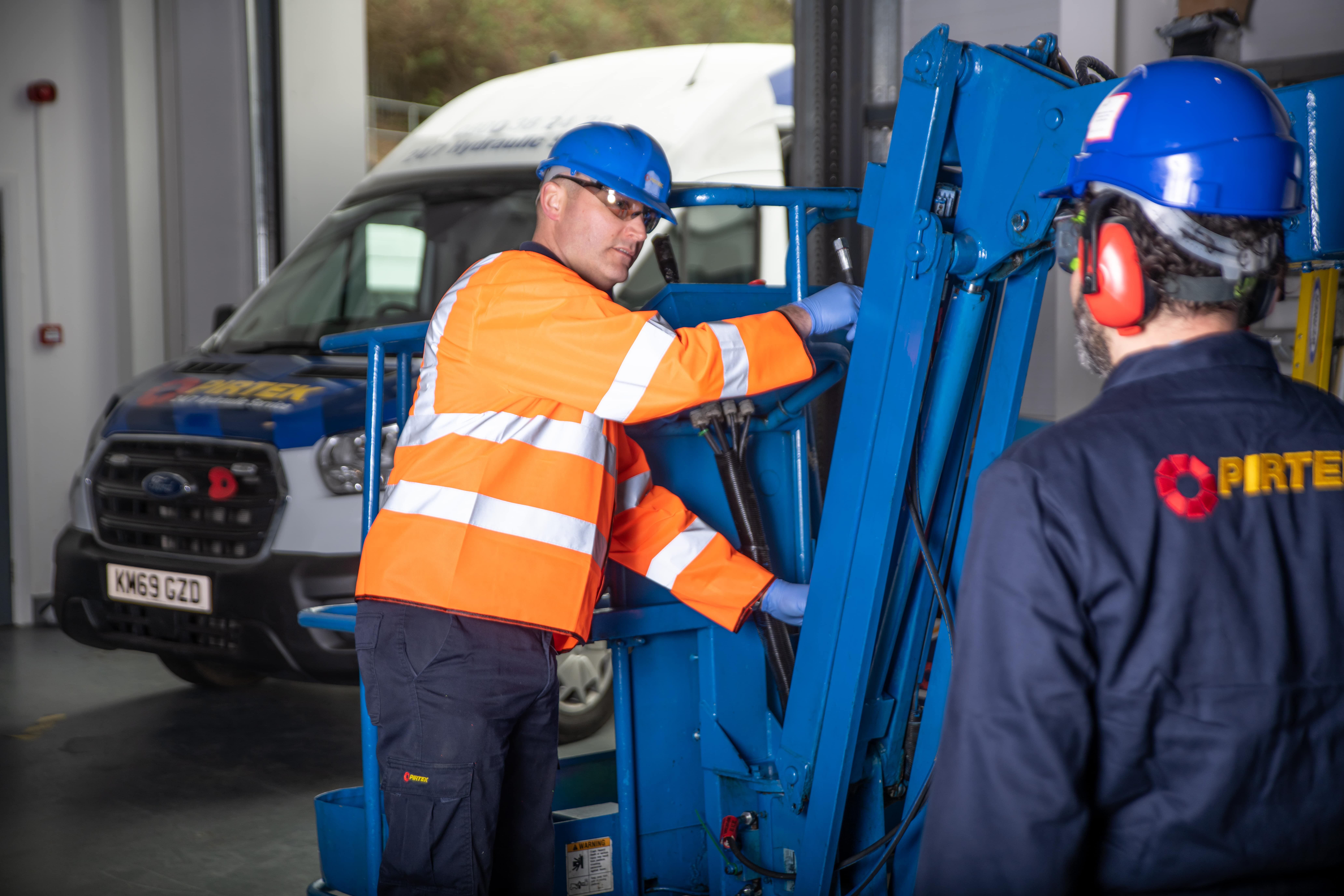
With the right care and attention a properly installed hydraulic hose that’s fit for purpose should last for up to five years, subject to regular maintenance and planned servicing. How long your hydraulic hose will actually keep its condition, however, depends on a number of variable factors, many of which are within your control.
In this post we look at the actions you can take to prevent a hydraulic hose breakdown and how you can extend your hose’s lifespan.
What can cause a hydraulic hose to break?
Hydraulic hoses are built to be robust and withstand pressure but they’re not infallible. Over time, and without professional maintenance, a hose can both naturally degrade and also sustain damage, causing it to fail prematurely.
Some of the most common reasons for a hydraulic hose breakage include:
Old age
Hydraulic hoses have a ‘best before’ date, just like any other product with a lifespan. The older the hose becomes, the more brittle and susceptible it is to cracking.
High temperatures
Hydraulic hoses are designed to withstand high operating temperatures but exposing a hose to higher temperatures than optimal can also have a detrimental effect.
Abrasions
If your hose is rubbing against other components day in, day out, over time this source of abrasive contact can result in surface wear that weakens the hose’s resistance, leading to tears and breakages.
Chemical erosion
Both the hydraulic fluid your hose carries and any chemicals it comes into contact with in its environment can harm the structural integrity of your hose if the manufacturing material isn’t resistant to the compounds in the chemicals.
Leaky fittings
A hydraulic hose is secured using specialist fittings. These fittings are purpose designed in a range of bespoke sizes and threads to cater for different hose ports. Installing a hydraulic hose with the wrong fitting can lead to leaks, which can compromise your hose assemblies.
Too much pressure
Hydraulic hoses are graded based on the amount of pressure they can sustain. Installing a hose with a pressure threshold that’s too low for your system can cause instability, leading to surges that overload the system.
How do I know when a hydraulic hose needs replacing?
The best way to keep on top of your hydraulic hose health is with regular planned maintenance and servicing. This will consist of a periodic inspection to assess your hose’s performance and condition by a qualified hydraulics specialist. If any signs of damage, leaking or old age are detected you can book in for a non-urgent hydraulic hose replacement at a pre-agreed time that works for your business.
Signs that indicate your hose is coming to the end of its lifespan include:
Twists or kinks
Having kinks or twisted areas in your hydraulic hose can be a sign of structural weakness or increased stress.
Tears or rips
While a few small scratches are perfectly normal with a hydraulics hose, deeper or more penetrative cuts can result in a serious tear that halts your system.
Cracked or corroded fittings
Cracked or corroded fittings could lead to a leaking of hydraulic fluid or contamination of your hydraulics systems.
Visible wires
If you can see wires along any section of the hose this is a sign that the hose has weakened and its integrity is compromised.
Oil on the outside of the hose
Seeing oil on the outside of your hose is a very serious indicator that your hose has failed and needs to be replaced immediately.

Hydraulic oil sampling and fluid analysis
The purity of the oil that powers your hydraulic systems can degrade over time, due to a range of factors. Contaminated hydraulic oil can seriously damage your machinery and your hose components. Regular oil sampling and fluid analysis can help increase the longevity of your machine and of your hoses, minimising the risk of costly downtime.
Can a hydraulic hose be repaired?
No. Due to the dangers involved with high-pressure systems, hydraulic hoses can never be repaired: they must be replaced with new, safe components. The practice of “re-ending” damaged hoses, which consists of cutting the last few inches of the hose and applying new fittings to artificially extend its life, can put anyone that works on or around hydraulic systems at serious health risks. You can read this article from the British Fluid Power Association’s website to learn more.
How do I service a hydraulic hose?
Servicing a hydraulic hose is a specialist process that should be entrusted to a trained hydraulics expert. The assessment requires more than a simple visual inspection by eye, you need the right tools and an in depth knowledge of the intricacies of hydraulics systems to properly service and maintain a hydraulic hose. Moreover, anyone that works on or around hydraulic-powered systems must always follow strict H&S requirements and wear the appropriate PPE; Pirtek developed the only fluid-injection resistant glove on the market, to help prevent injuries.
At Pirtek we offer planned hydraulic hose maintenance and our complete hose maintenance solution, Total Hose Management, from over 86 nationwide locations across the UK and Ireland.
To book in for an inspection with our expert team today click here.






Select a country